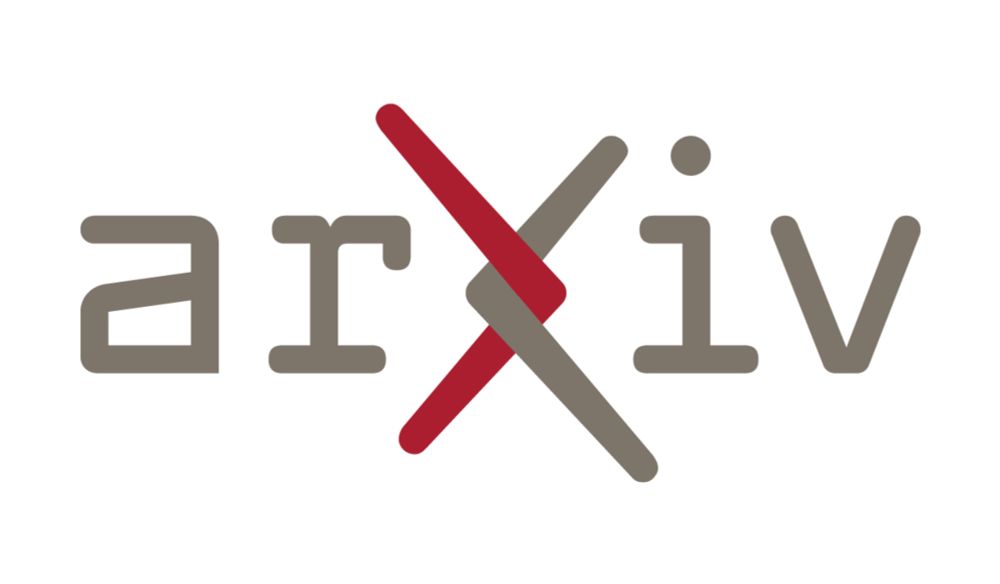
CoPhy team
@cophy.bsky.social
Computation, Cognition, & Neurophysiology team at CRNL, Lyon, France
This paper describes a way to incorporate beta bursts in pipelines of motor imagery BCI and shows that beta bursts outperform signal power in terms of classification accuracy and information transfer rate
December 18, 2024 at 12:00 PM
This paper describes a way to incorporate beta bursts in pipelines of motor imagery BCI and shows that beta bursts outperform signal power in terms of classification accuracy and information transfer rate
and an ealer version here hal.science/hal-04775585/
Alpha Oscillations in Resisting Distraction
The role of alpha oscillations (8-13Hz) in suppressing distractors has been extensively debated. Some studies suggest that alpha oscillations support distractor suppression by increasing in regions pr...
hal.science
December 12, 2024 at 9:22 AM
and an ealer version here hal.science/hal-04775585/
Here is the free access version (until the 31st of January) authors.elsevier.com/a/1kFXN_V1r-...
authors.elsevier.com
December 12, 2024 at 9:09 AM
Here is the free access version (until the 31st of January) authors.elsevier.com/a/1kFXN_V1r-...
Unfortunately, we could not cite all the papers we wanted to cite.
December 12, 2024 at 8:21 AM
Unfortunately, we could not cite all the papers we wanted to cite.
We also discuss alternative mechanisms, also based on alpha oscillations, that help resist distraction. Some of these mechanisms involve alpha oscillations in the parietal region and the ventral attention network.
December 12, 2024 at 8:16 AM
We also discuss alternative mechanisms, also based on alpha oscillations, that help resist distraction. Some of these mechanisms involve alpha oscillations in the parietal region and the ventral attention network.
In this paper, we discuss the ongoing debate regarding whether alpha oscillations play a role in suppressing the processing of distractors by modulating gain in early sensory regions. We hope it is considered balanced and provides guidance for future work
December 12, 2024 at 8:13 AM
In this paper, we discuss the ongoing debate regarding whether alpha oscillations play a role in suppressing the processing of distractors by modulating gain in early sensory regions. We hope it is considered balanced and provides guidance for future work
This paper describes a neural mass model that integrates plasticity under epileptic activity. The model helps to better understand the formation of epileptogenic networks in the presence of an epileptic focus
December 4, 2024 at 11:24 AM
This paper describes a neural mass model that integrates plasticity under epileptic activity. The model helps to better understand the formation of epileptogenic networks in the presence of an epileptic focus
How to address spatial normalization challenges when creating an MRI atlas of the pituitary gland? A solution is proposed in this new article
March 19, 2024 at 5:24 PM
How to address spatial normalization challenges when creating an MRI atlas of the pituitary gland? A solution is proposed in this new article
These results led us to question the impact of severe paralysis on attentional control in this preprint: arxiv.org/abs/2310.00266

Is controlling a brain-computer interface just a matter of presence of mind? The limits of cognitive-motor dissociation
Brain-computer interfaces (BCI) are presented as a solution for people with global paralysis, also known as locked-in syndrome (LIS). The targeted population includes the most severe patients, with no residual eye movements, who cannot use any communication device (Complete LIS). However, BCI reliability is low precisely in these cases, technical pitfalls being considered responsible so far. Here, we propose to consider also that global paralysis could have an impact on cognitive functions that are crucial for being able to control a BCI. We review a bundle of arguments about the role of motor structures in cognition. Especially, we uncover that these patients without oculomotor activity often have injuries in more 'cognitive' structures such as the frontal eye field or the midbrain, exposing them to cognitive deficits further than canonical LIS population. We develop a hypothesis about the putative role of the motor system in (covert) attention, a capacity which is a prerequisite for most BCI paradigms and which should therefore be both better assessed in patients and considered.
arxiv.org
February 26, 2024 at 4:53 PM
These results led us to question the impact of severe paralysis on attentional control in this preprint: arxiv.org/abs/2310.00266
Recent findings suggest that beta band brain activity occurs in bursts rather than sustained oscillations. In this study we analyze EEG recordings of hand motor imagery BCI tasks and show that on the single-trial level beta burst rate modulations are advantageous to beta power in terms of decoding.
February 21, 2024 at 3:58 PM
Recent findings suggest that beta band brain activity occurs in bursts rather than sustained oscillations. In this study we analyze EEG recordings of hand motor imagery BCI tasks and show that on the single-trial level beta burst rate modulations are advantageous to beta power in terms of decoding.

